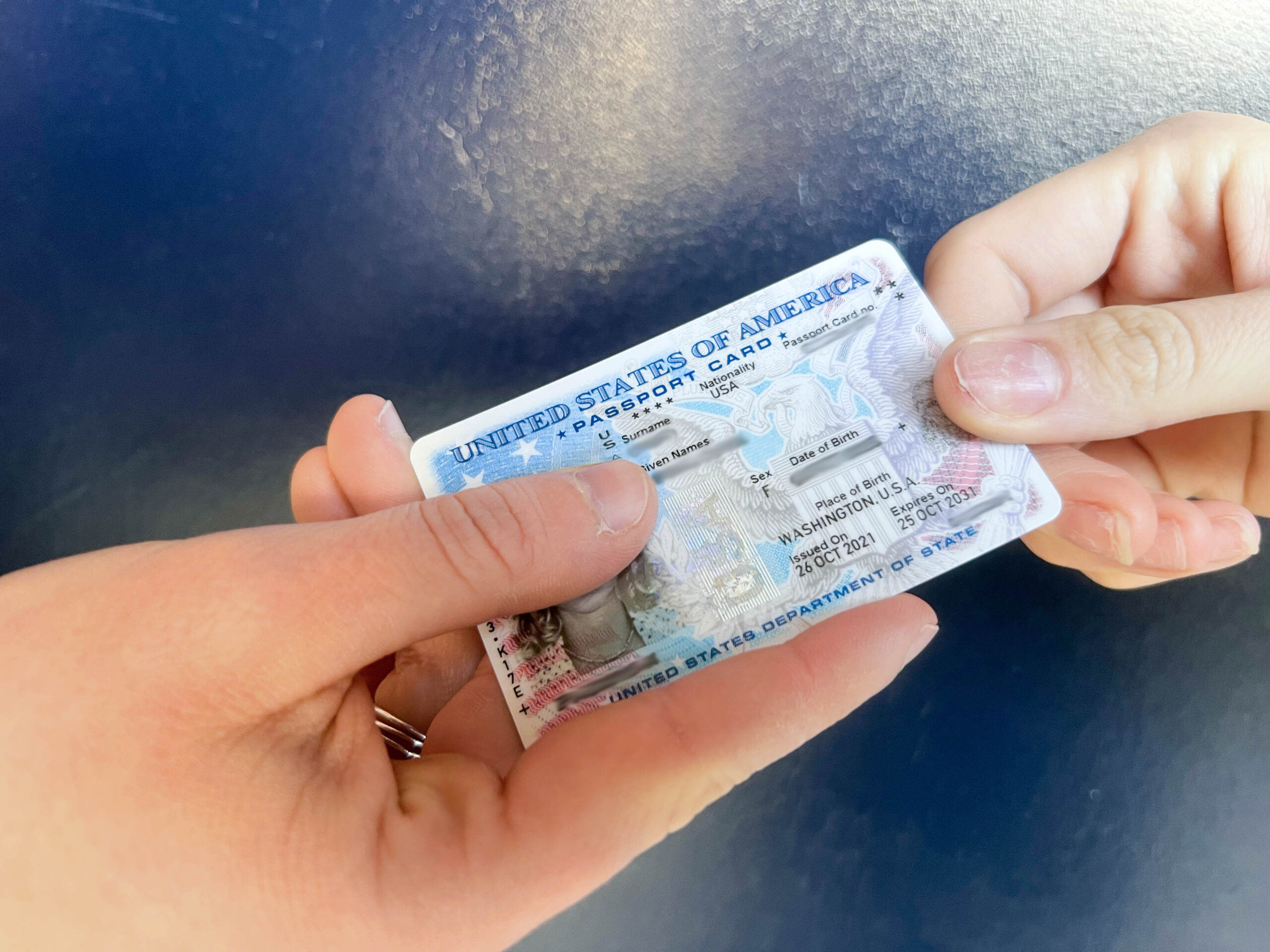Students working at the University of Rhode Island received higher paychecks and have expressed their excitement about wage increases following Rhode Island’s minimum wage changing to $15 an hour, on Jan. 1.
Rhode Island’s minimum wage was $14 an hour, which was lower than both Connecticut and Massachusetts. Both neighboring states have been at a $15 minimum wage since 2023, according to URI Economics Department Chair Liam Malloy. New Hampshire still invokes the $7.25 federal minimum wage, which hasn’t changed since 2009, while surrounding New England states have seen increases in the past few years, according to the Federal Reserve Bank of St. Louis.
Third-year student Emily Viera, an employee at the Ram’s Den in URI’s Memorial Union, expressed enthusiasm over the wage increase. Prior to the change in minimum wage, she received consistent raises but was not earning a high salary.
“If you’ll let me be real for a second, I am a little envious [of new hires],” Viera said. “My starting salary was much lower when I started and I’m jealous that they can start that high when I’ve had to work to get to where I am.”
Logan Byrne, a second-year student employee at the Ram’s Den, described the minimum wage increase as more than enough for him.
Malloy doesn’t see URI having any significant financial burdens with this new increase in the minimum wage, since most of the student wages are paid for by tuition payments.
“Student help is a relatively small piece of the university’s budget,” Malloy said. “The big chunk of URI’s budget is everyone else’s salaries, like faculty and administration salaries, and those people aren’t making the minimum wage.”
There is always a concern about employment when wages increase, according to Malloy. When the minimum wage paid to new workers is higher, firms may not have the funds to hire new workers.
Another phenomenon that tends to happen with increases in the minimum wage is people in positions at or around $15 an hour end up getting an increase in their earnings as well, according to Malloy.
“If you were making $15 an hour before you could get bumped to $16, or if you were making $16 an hour you’d get bumped to $17,” Malloy said.
In addition to concerns about employment changes, inflation is another worry with raising the minimum wage, according to Malloy. When the minimum wage increases, firms might put that expense onto the customers. This could cause for-profit organizations to potentially make less of a profit off goods and services.
“You could argue that it [a minimum wage increase] is a part of the point, to increase the bargaining power of lower wage workers,” Malloy said.
The difference in supply chain availability during the pandemic caused another economic problem, according to Malloy. During the pandemic, wages increased and supply chains were disrupted, but at the same time, consumers got government relief checks and wanted to spend them.
When the consumers spent their money, supply chains couldn’t keep up with demand and therefore prices went up, according to Malloy. When prices went up, pay rates needed to match them.
“On average we’ve seen wages go up faster than inflation, but of course that’s on average, inflation affects everyone differently,” Malloy said. “We’ve seen that people that switched jobs in the past three or four years have seen bigger increases in wages, while people who had the same job saw a smaller increase in wages.”
If federal funding were to be frozen or paused due to executive orders, URI would still uphold the minimum wage standards, according to Malloy.



